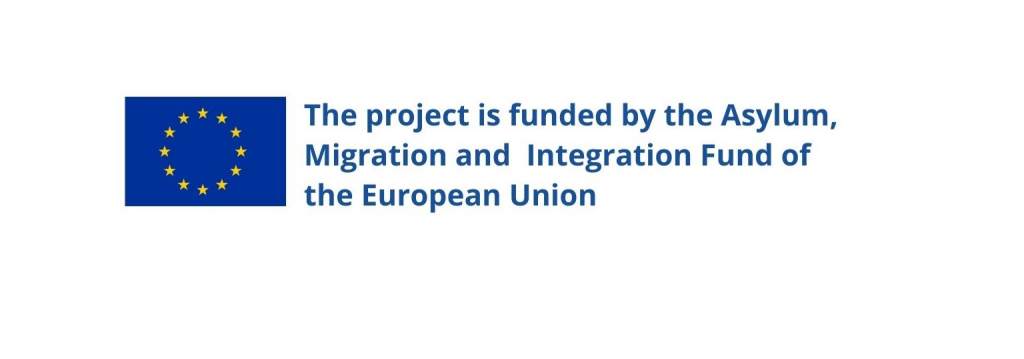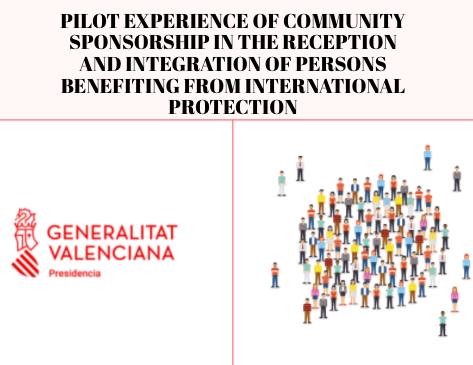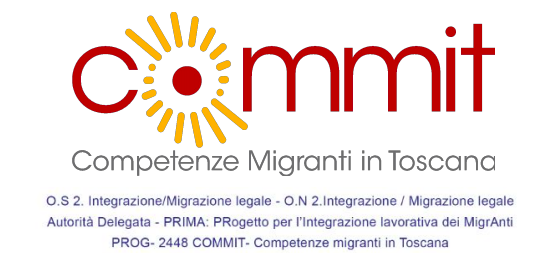 Share this!
Share this!The project in a nutshell: The Includ-EU Project is funded by the European Union’s AMIF– Asylum Migration and Integration Fund Programme and aims at enhancing regional and local expertise with engagement of social cohesion in Europe. In this workshop, we brought together representatives from all the different countries involved in the project: Italy, Greece, Spain, Romania, Slovenia and the Netherlands.
Setting the Scene.
We live in an increasingly complex society. There are no easy solutions or easy answers to the many challenges we are facing today, and the ones presented by migration, integration and inclusion are no exception. Policies and service designers must make sure these mirror the complexity of realities around us.
That is why our first Includ-EU Regional Workshop focused not on discussing solutions, but analysing and sharing problems and challenges in our ever-changing Europe, in a collaborative way, and with peer-to-peer dialogue.
The past few months have been challenging for all of us. The restrictions affected our work and social cohesion, especially for migrants but there are a few lessons learned that we can bring with us and that can help improve the near-future situation, and in light of new unpredictable crises.
In her opening speech Geertrui Lanneau, Senior Regional Labour Mobility and Human Development Specialist, at International Organization for Migration (IOM), reminded us how migration is still very high on the European Agenda with the EU pact on migration and asylum passed last year and followed by the EU action plan on integration.
At the same time, she stressed how it is not the EU that finally implements the integration action, but the Member States, and in particular, the local and regional levels are the centre stage.

It is with this mind that we feel that with our project we can make a difference through the exchange of practices, region-by-region tailored SWOT analyses and especially with the pilot projects to be tested and implemented in the different member states.
Alas, also this time the consortium and associated partners didn’t have the chance to meet in person, but even virtually, we had an extraordinary time and opportunities to exchange our experiences. In particular, we collectively brainstormed around new challenges raised by the pandemic as well as old challenges that the pandemic might have exacerbated, both in the way we work and provide services, and in the way migrants and vulnerable communities would interact with the community.
The fact that all participants had experienced similar challenges, had seen similar opportunities and learned similar lessons despite the different geographical contexts, was very surprising and helped create a warm atmosphere of collaboration that lasted throughout the workshop, which lasted 2 days, and it felt a very special and unique moment!
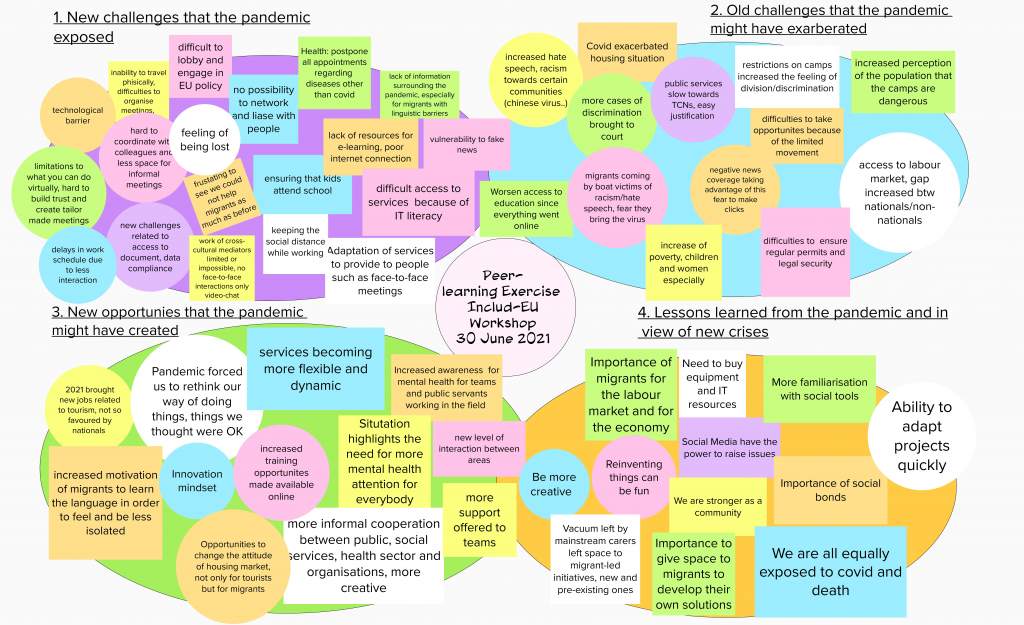
Let Your Imagination Soar!
Before getting into the second part of the first day of the workshop, we did a quick icebreaker activity, where we split in 3 teams of five, and each group took 5 minutes in separate breakout rooms to brainstorm together and draw 50 apples, with only one applicable condition: ALL THE APPLES MUST BE DIFFERENT.
It was hilarious and mind-opening at the same time to see how different groups came out with absolutely different ideas, stories, concepts, or how they decided to devote their time: some shared memories associated with apples while others exchanged about different way to say “apple mus” in different languages, but fun fact: none of the teams reached the 50 apples goal.
In short, this exercise tells it all about the very purpose of the workshop itself, meaning it is not about the destination, and focusing on solutions, but about the journey and what you learn along the way.

Becoming familiar with design for change
In the second session of the day, we worked together with Abram El-Sabagh, a service designer and the founder of Design for Impact, who led us through some exercises and discussion on good service designing, while sharing his own personal journey.
“It was in mid-2019 when I realised I could spend less time working, and more time helping others create impact.
The truth is it was a difficult decision. My day job is about using Design to create impact. I’ve been able to travel around the world to places as far as Marshall Islands, Kenya, China, and Bhutan. All to help coach others and build their ability to create positive impact using Design. But something was missing.
I had experienced what it was like working alongside others who genuinely want to make our world a better place, and there is no feeling like it. It’s euphoric.”
“No passion to be found in playing small”
Innovation Systems are extremely complex, Abram goes on explaining, as there are many different components and they all interact together. Imagine for a moment the healthcare system for instance: How many hospitals and doctors are there only in your area?
Another thing to keep in consideration is that experiences regarding the system depend on each one’s different pathway. In healthcare, the experience will change depending on which doctor I talked to, which disease or illness you have, to mention only a few variants.
Migration is of course, a very complex system affecting real people who are facing real challenges.
It is easy to read 10 books about system change and design, but it is harder to apply all the theories that you learn in real life. Abram explained how his path led him to go into the field, talk and interact with different people from many professional and social backgrounds, rather than keep learning on his own. Eventually, he gathered more and more skills that are useful to design services and testing powerful ideas, until he was skilled enough to lead his own project.

KEY CONCEPTS OF DESIGNING SERVICES IN COMPLEX SYSTEMS
If a 1.5 hours session couldn’t of course cover and teach participants hard and soft skills harnessed through years of experience and exercise, Abram gave us the key concepts needed to start understanding how to create change thanks to design.
He touched upon many concepts, but few of them resonated particularly among the participants.
Emergence is one key concept in complex systems that is worth explaining, as it means that because of the complexity and the many actors involved, one cannot predict behaviour, or be sure of what will happen before you test an idea and that’s why it is therefore important to test hypotheses.
As a consequence, running parallel fail-safe experiments and interacting with the system is the only way we can truly understand it.
When running an experiment, it is important to test behaviours and not intentions, as many times these intentions do not translate into behaviour (just think about your new year’s eve resolutions..).
A final concept to keep in mind in testing hypotheses is that correlation does not equal causation -although these two often get mistaken- meaning that just because two things correlate does not necessarily mean that one causes the other.
Main takeaways from day 1
The big finale of day 1 came with an interactive exercise where participants were asked to design, in teams, a new policy or service to help people get vaccinated.
The special feature of the exercise was the identification of the team members with multi-level stakeholders, meaning that each team member represented a different perspective and therefore brought an additional value to the co-creation process.
Each team formed several hypotheses around why a specific cohort of people (migrants over 50 rather than young people living in the periphery) are not getting vaccinated enough and generated experiments to test each hypothesis.

What did participants learn?
Mainly 2 things came up from the different teams:
- You need to involve many people, not just the usual suspects.
- It is important not just to co-design services in a participative way but we should also aim to co-create and co-decide on a political level. It is essential to cooperate at all stages of a project or process, “ If you want to go far, go together”.
All in all, we can safely and happily conclude that by reflecting on the challenges the pandemic created or worsened, speakers and participants shared their concerns around the needs of their regions, but also injected optimism in the future on integration and inclusion, while giving us reasons to believe that design and multi-stakeholders approaches can be powerful tools for creating sustainable and innovative services, solutions and policies.
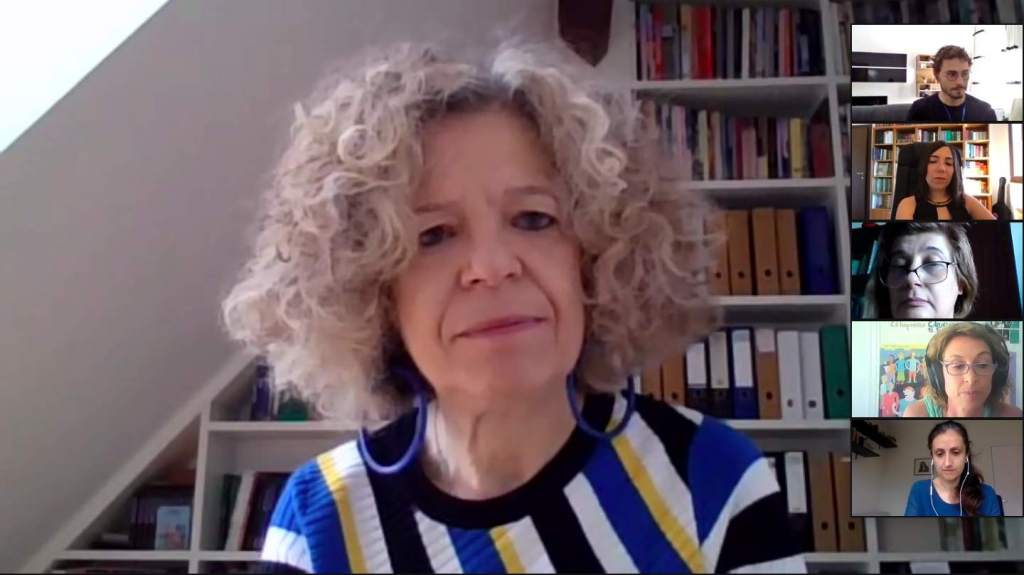
DAY 2 -Good Practices and Hard-won Wisdom through the Includ-EU Marketplace
After the insightful and comprehensive presentation by Ms Angelique Petrits (DG Home, European Commission) on the new Action Plan on Integration and Inclusion (2021-27) and its 4 key areas -Education, Employment, Health, Housing-, the morning of Day 2 continued with a dynamic market-place exercise.
Here different regions and municipalities presented their own future strategy for integration, but showcased good practices and successful projects from the past programming period. We are happy to share here all presentations which are available below for you to browse.
For more information, contact: [email protected]
